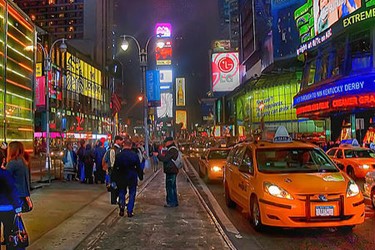How Much Sewage Does New York Release?

By Sara Jerome,
@sarmje

6.5 billion gallons: That’s how much sewage and stormwater was released in New York state last year, according to a new government report.
The waste entered 220 water bodies, the report from the New York State Comptroller stated.
“The problem is that in many communities in New York, from New York City to small towns, stormwater runs into sewage systems and overwhelms treatment plants. Anything the plants can't handle during a heavy rain or snow melt ends up in creeks and lakes,” according to New York Upstate, which cited the report.
“About half of the sewage overflow comes from the New York City system, the report says, while Albany, Buffalo and Syracuse combine for a quarter of the total,” New York Upstate said.
A big challenge is the state’s reliance on combined sewage systems.
“During wet weather events, when large quantities of stormwater enter combined sewers, treatment facilities may not have the capacity to treat the resulting large volume of combined water. Some of the untreated, or partially untreated, discharge is instead sent directly to receiving rivers, streams, estuaries and coastal waters,” the government report stated.
There are currently 46 combined sewer system communities in New York state, the report said. There are 807 CSO outfalls, where excess untreated wastewaters are released, usually into natural waters. That is down from 1,300 in 1993.
New York City is among the communities housing CSO outfalls. “The New York City Department of Environmental Protection (DEP) has been working for decades to reduce the effects of CSOs on the waterways. DEP’s website notes that overflows are down 80 percent since the mid-1980s,” the comptroller report said.
Philadelphia is another old city with combined sewer challenges.
“Unlike in more modern cities like Austin or San Diego, where the stormwater pipes are separate from the sewage pipes, in Philadelphia the two run together. Sometimes there's too much flow for the system to handle. It hasn't helped that since these old sewers were built much of the land in cities has been paved over, making far more stormwater than the system's creators had anticipated. There's another problem with the outmoded Philly system: Once sewage and water are combined, the whole mixture must be treated,” Popular Mechanics reported.
Image credit:"New York City," Vikram Vetrivel © 2008, used under an Attribution 2.0 Generic license: https://creativecommons.org/licenses/by/2.0/
